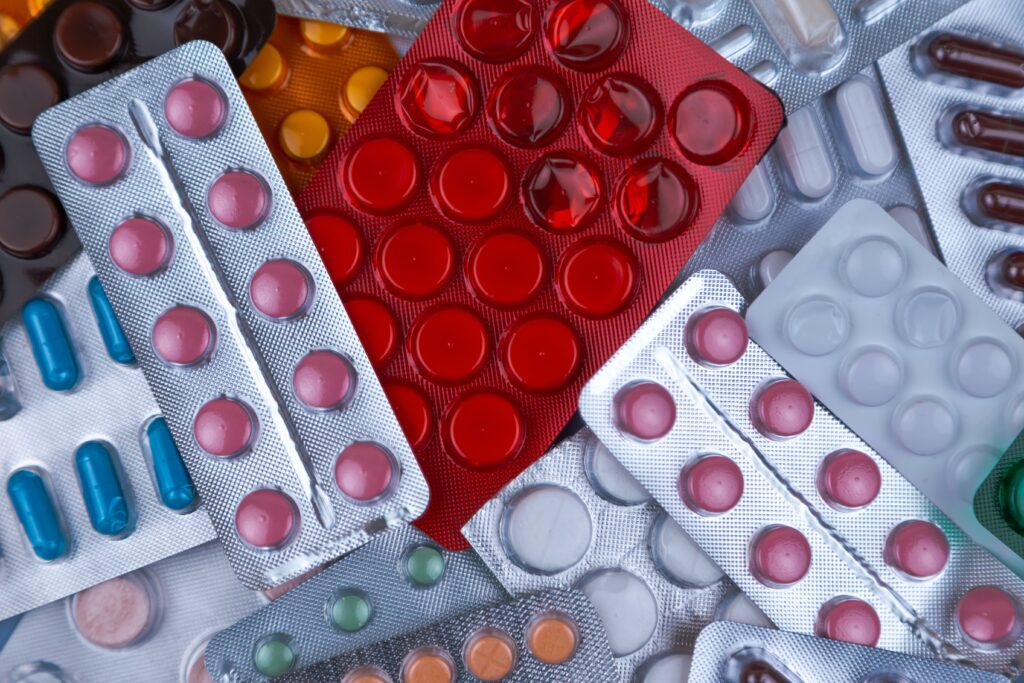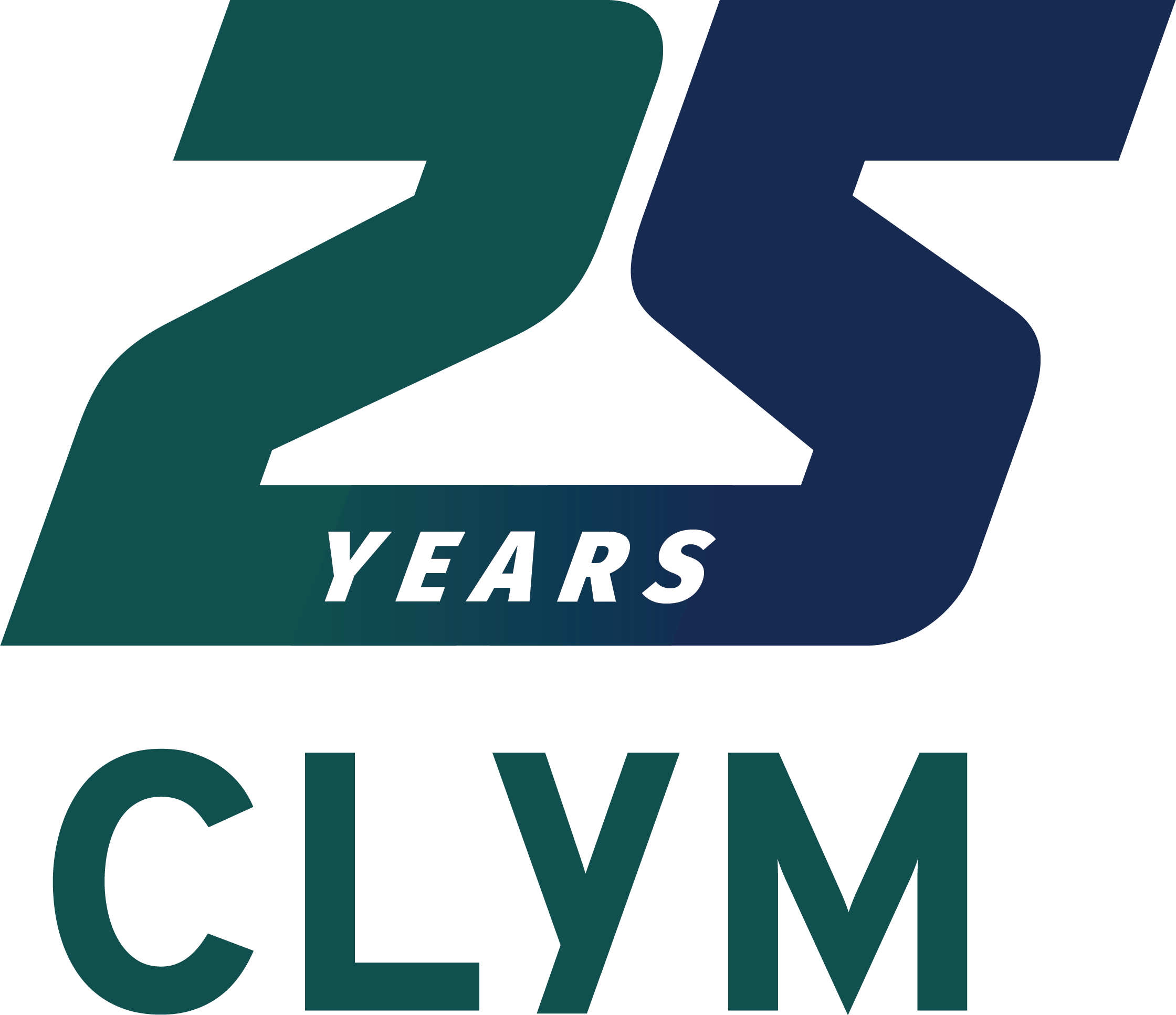 In continuing to define Clym’s push to pioneer Sustainable Regulated Medical Waste Management in 2022, this post will underscore why such an approach is critically needed.
In continuing to define Clym’s push to pioneer Sustainable Regulated Medical Waste Management in 2022, this post will underscore why such an approach is critically needed.
What is Regulated Medical Waste?
It’s any unneeded material potentially contaminated with infectious agents. Think about a syringe from injection at the hospital, or clean up materials from a spill of blood, or tissue culture flasks from a research lab – basically any biologically active waste from a doctor, dentist, veterinarian, nursing home, surgical center, life sciences research lab, funeral home, blood bank…you get the idea. This waste is termed Regulated Medical Waste (RMW) because it is potentially biohazardous and must be disinfected according to regulatory standards to be safely disposed of.
It’s hard to put a real number on the true amount of RMW generated annually across the globe, because of differing reporting requirements among nations. But the U.S Environmental Protection Agency (EPA) estimated that in 1994 (yeah, that’s a long time ago) the amount of RMW generated annually in the United States alone was 3.4 million tons. That equals 6,800,000,000 or 6.8 billion pounds. So, the global rate of generation today is surely more than a hundred billion pounds.
Why Does This Matter?
Because if left untreated, that’s a lot of infectious materials contaminating the air, water, and ground of planet Earth – which can lead to disease. If treated in an unsustainable way following the current and past practice of most generators, then the infectious hazard is just traded for another, often more dangerous, hazard. Incinerators emit volatile organic chemicals that are unhealthy to breathe, autoclaves eat up fossil fuels, generate waste heat and fill up landfills, and chemical disinfection requires hazardous chemicals that harm workers and the environment.
What Can Be Done?
We need a process to disinfect RMW while not releasing hazards, without using excessive heat or energy, or relying on dangerous chemicals…and Clym has that very process. It is one of the key steps in our march to bring to market a truly sustainable RMW management service. We use the greenest technology that safely and effectively disinfects RMW while using minimal energy, producing nominal heat and, and with no hazardous emissions.
Too Good To Be True?
It’s not. The process is available today, approved by regulators and fully functional. But our competition doesn’t want you to know about it – because they are heavily invested in the old, carbon heavy technologies that create more problems than they solve.
Now, back to defining and quantifying the need for sustainable RMW management. Let’s say that there are 100 billion pounds of RMW generated each year on our planet. Can you imagine the total impact if we fired up enough incinerators to handle that volume? Or used the energy to heat up autoclaves to create steam to inactivate that waste (and then dumped it in the landfill)? Or had to buy and use enough hazardous chemicals to destroy the biologically active material? That would result in a huge global impact – the consequences of which we are seeing in the world today, because that’s exactly what’s happening. In short, it’s not sustainable.
The need is real and the time for action is now. Fortunately, Clym has a process that can help you realize your sustainability goals, sooner than you ever thought possible, through sustainable regulated medical waste management. Contact us today to learn more and see how simple and powerful the transition can be for your organization.
